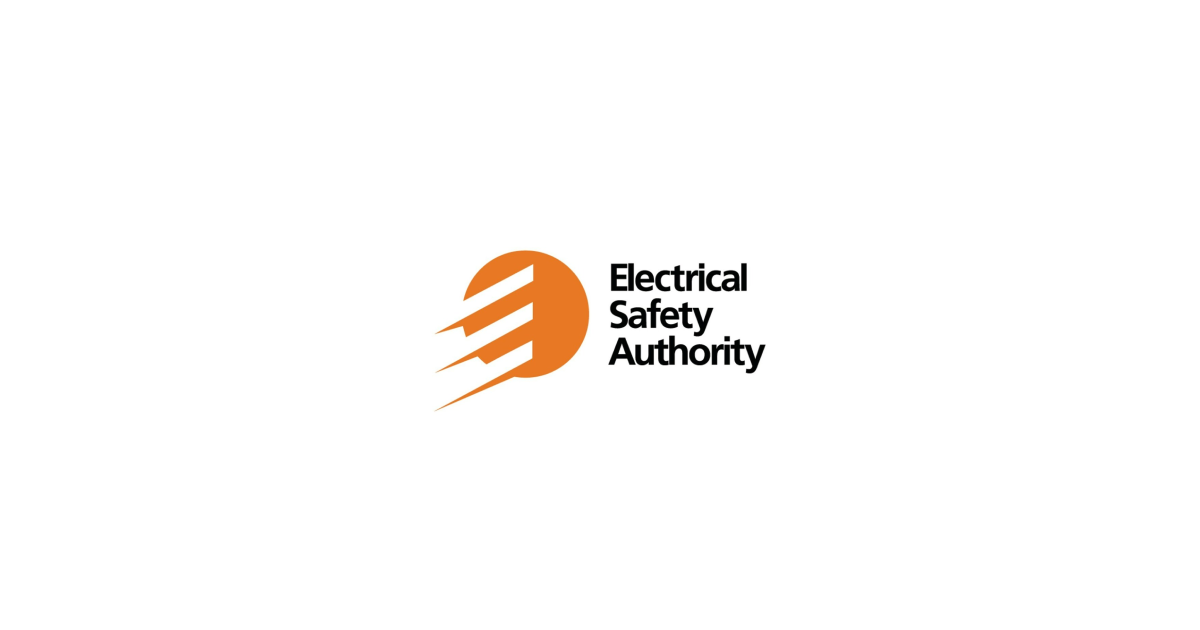Workplaces and COVID-19: Occupational Health and Safety Considerations for Reopening and Operating During the Pandemic

Sept 22, 2020
By CSA Group
The coronavirus disease, COVID-19, caused by SARS-CoV-2, is a rapidly evolving global risk that has already drastically changed the way we live and work. As restrictions ease and workplaces reopen across Canada, more workers are returning to work and workplaces may become important sites of community transmission. Preventing the transmission of COVID-19 in workplaces will protect the physical and psychological health of workers, as well as the broader community.
The aim of this research report was to review and summarize occupational health and safety practices that can support safer reopening and ongoing operation of workplaces during the COVID-19 pandemic.
The methodology included a scan of guidelines, technical standards, peer-reviewed scientific literature, and grey literature related to COVID-19 and reopening workplaces or returning to work using Internet search engines, occupational health and safety networks, and an iterative search strategy. A summary of the scan results was compiled into a formal research report (Part A) and the key messages from the research report were then used to develop a guidance document (Part B). The research report and guidance document underwent three rounds of rapid peer review with over 100 experts from across Canada invited to provide comments.
There are many occupational health and safety considerations relevant to the physical and psychological health of workers during the COVID-19 pandemic. If a workplace has been closed or operating at reduced capacity, employers must consider the health of the building and building systems before resuming operations. Building heating, ventilation, and air conditioning (HVAC) and water systems can harbour other microbiological and chemical hazards that must be considered and controlled (e.g., Legionella). In order to reduce the likelihood of COVID-19 being introduced into the workplace, employers will need to support workers in staying home if they have symptoms or have come into contact with a known or suspected COVID-19 case. Employers may also implement health screening for workers and others entering the workplace. Before workers return to the worksite, a risk assessment should be conducted to identify jobs or tasks where there may be an increased risk of exposure to COVID-19. Efforts to reduce the likelihood of transmission within the workplace should follow the hierarchy of controls. Where potential exposure cannot be eliminated through a shift to isolated or remote work (e.g., work from home), engineering and administrative controls can be implemented. Workspaces can be altered, and the scheduling of workers and work activities can be adjusted, to minimize close contact and maximize physical distance. Improved ventilation rates and improved filtration within HVAC system can also help reduce the probability of transmission. These strategies should be combined with the use of face coverings and good hand hygiene to reduce transmission of COVID-19. Multifaceted interventions are likely to be more effective at controlling workplace hazards. Prevention and control of COVID-19 should be part of a comprehensive occupational health and safety management system (OHSMS), including meaningful worker consultation.
The COVID-19 pandemic is likely to continue for many months, if not years. Employers should consider preparing for subsequent shutdowns of non-essential workplaces. For employers and organizations that would like more support, resources are available from local, provincial/territorial, national, and scientific organizations. The scientific understanding of the virus is improving rapidly; recommendations will change as more is learned. Importantly, knowledge gained during the COVID-19 pandemic will help to better manage subsequent waves of disease and may also be helpful in preparing for future pandemics.
Workplaces are potentially important sites of transmission for COVID-19 and thus play a critical role in controlling the spread of COVID-19. Supporting workers to stay home when they are sick or have had contact with a COVID-19 case will help prevent the introduction of COVID-19 into the workplace. The hierarchy of controls should guide the selection of controls to reduce the risk of transmission in the workplace. Workers and employers need support to minimize the risk of exposure and transmission as we adapt to new work practices during the COVID-19 pandemic.
Go HERE for the full report




![Guide to the Canadian Electrical Code, Part 1[i] – A Road Map: Section 52 — Diagnostic imaging installations](https://electricalindustry.ca/wp-content/uploads/2022/11/Guide-CE-Code-2-768x432.png)





![Guide to the Canadian Electrical Code, Part 1[i] – A Road Map: Section 52 — Diagnostic imaging installations](https://electricalindustry.ca/wp-content/uploads/2022/11/Guide-CE-Code-2.png)






